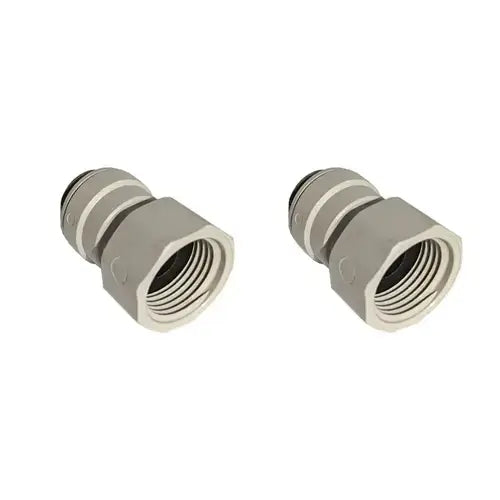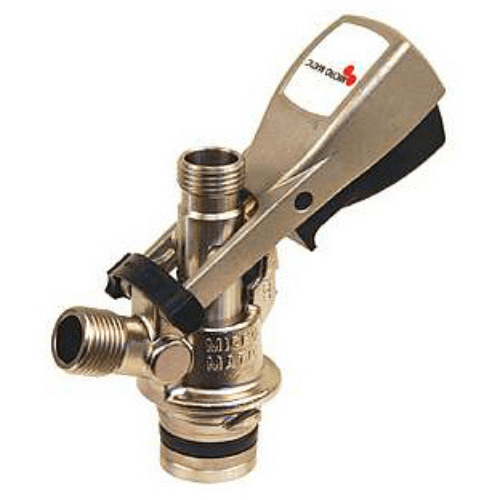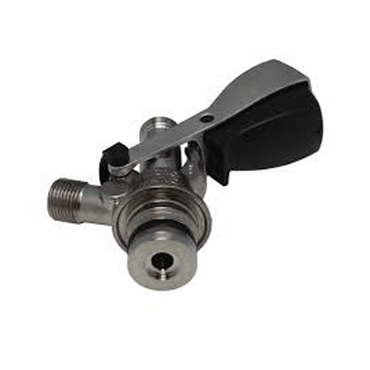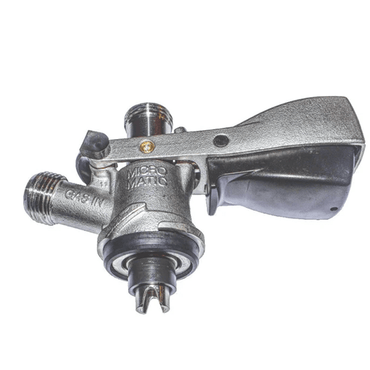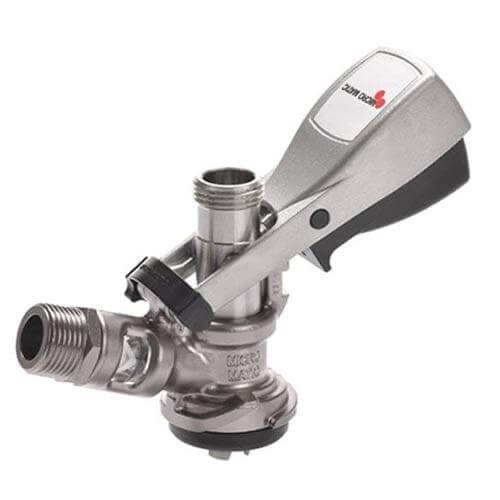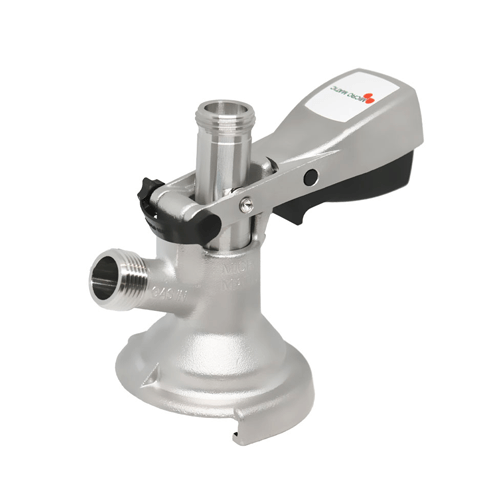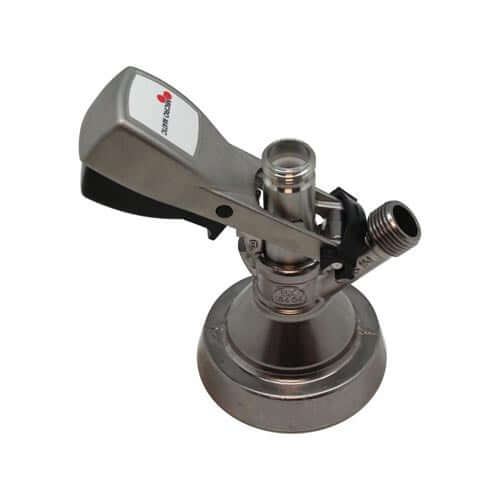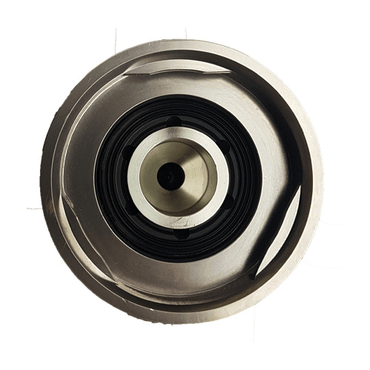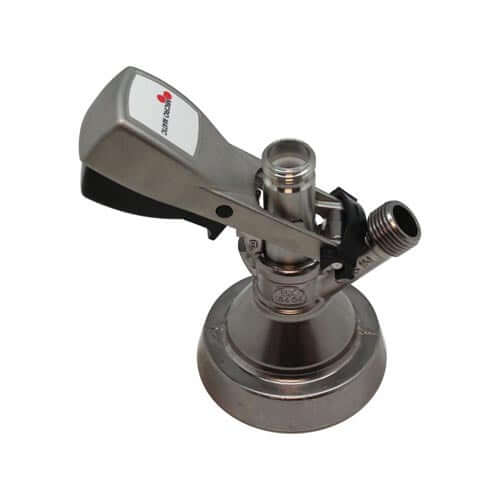Which Beer Gas Should I Use? CO₂ vs 60/40 vs 70/30 – Complete Home Bar Guide (2025)
Choosing the right beer gas is one of the most important parts of any home bar setup. The wrong gas can cause excessive foam, flat-tasting beer, harsh mouthfeel or unstable pours. The right gas gives you smooth, consistent, pub-quality pints every time.
In this guide, you’ll learn the differences between CO₂, 60/40 and 70/30 gas, how each affects mouthfeel, when each should be used, and how to control fobbing and over-carbonation in home installations.
Quick Answer: Which Gas Should You Use?
- Lagers, pilsners, ciders, IPAs → CO₂ (100%)
- Smooth-flow ales → 60/40 (CO₂/Nitrogen)
- Guinness & stouts → 70/30 (Nitrogen/CO₂)
Correct gas = proper carbonation, correct mouthfeel, and a consistent pour.
Understanding Each Type of Beer Gas
1. CO₂ (100% Carbon Dioxide)
Best for: lagers, pilsners, ciders, IPAs, most ales.
- Crisp, lively carbonation
- Sharp, refreshing mouthfeel
- Pronounced flavour “bite”
Downside: warm kegs absorb CO₂ very quickly, causing over-carbonation and fobbing.
2. 60/40 Mixed Gas (60% CO₂, 40% Nitrogen)
Best for: smooth-flow ales, bitters, red ales.
This is the most commonly used gas in home bars — not because it is correct for lagers, but because it is more stable on warm kegs.
- Smoother mouthfeel
- Reduced harshness
- Much less fobbing on ambient kegs
3. 70/30 Mixed Gas (Nitrogen-heavy)
Best for: Guinness, stouts, porters and nitro beers.
- Dense, creamy head
- Tiny bubbles
- Smooth, velvety texture
- Classic Guinness cascade
How Gas Choice Affects Mouthfeel
The amount of CO₂ dissolved in the beer dramatically affects its texture.
CO₂ – Crisp, sharp, fizzy
- Larger bubbles
- Refreshing bite
- Brighter flavour
60/40 – Softer, rounder, smoother
- Reduced harshness
- Milder carbonation
- Smoother drinking experience
70/30 – Creamy, silky, dense
- Thick, creamy head
- Tight micro-bubbles
- Soft mouthfeel
Why Pure CO₂ Causes Fobbing on Ambient (Warm) Kegs
This is the number one reason home bars struggle with foamy beer.
When beer is warm, CO₂ dissolves into it extremely quickly. Instead of sitting on top of the beer and applying pushing pressure, the CO₂ gets absorbed into the liquid.
- Beer becomes over-carbonated
- Foam explodes from the tap
- Beer tastes flat once the foam settles
- Inconsistent pressure and wasted beer
Why Many Home Bars Switch to 60/40
Most home users don’t chill their kegs, so they choose 60/40 because:
- It reduces over-carbonation in warm beer
- Pints pour more consistently
- Less foam and waste
- Pressure settings are easier
Products That Help (But Don’t Solve the Root Problem)
- Flow-control taps
- Anti-fobbing restrictors
- Cooling jackets
How to Use 100% CO₂ at Home Without Fobbing
If you want the correct mouthfeel for lagers and ciders, here are the two reliable options:
1. Use a CO₂ Shut-Off Valve
Only turn the gas on while you are pouring. This prevents overnight absorption.
2. Chill the Kegs Consistently
The best solution is to keep your kegs cold at all times.
- Kegerator
- Dedicated keg fridge
- Cool cellar room
How a Beer Cooler Helps With Fobbing
A beer cooler chills the beer instantly as it flows, even if the keg is warm. This dramatically reduces temperature shock at the tap — a major cause of foam.
Popular coolers for home bars:
Recommended Gas + Cooler Pairings
For Lagers / Ciders / IPAs
- Gas: 100% CO₂
- Cooler: Pygmy 25 / CWP 100 / AS-80
For Guinness & Stouts
- Gas: 70/30 nitrogen-heavy
- Tap: stout faucet
- Cooler: any Lindr model
For Smooth-Flow Ales
- Gas: 60/40
- Cooler: any Lindr model
FAQ: Beer Gas & Fobbing
Does gas type affect taste and mouthfeel?
Yes — CO₂ makes beer livelier and sharper, while nitrogen softens the carbonation and creates smoother texture.
Why does my beer foam even with mixed gas?
Temperature is still the biggest factor. Mixed gas helps, but warm kegs will still foam.
Can I use CO₂ for Guinness?
Technically yes, but it won’t taste or pour correctly. You need 70/30 and a stout tap for the proper texture.
